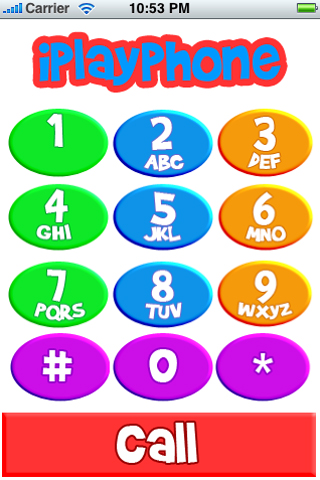 I’m actually a little surprised that the podcast/nerd-media hasn’t jumped on top of this site yet. Omegle.com is 100% anonymous, 100% random one-on-one instant messaging service – the brainchild of 18-yr old “Lief K-Brooks” (if that’s really his name). The site presents you with a simple IRC-like chat window that connects you with a random stranger. You are not allowed to assign yourself a witty username and you are not given any identifying information about the strange at all. You are identified as “You” and they are identified as “Stranger.” It is a truly anonymous conversation.
I’m actually a little surprised that the podcast/nerd-media hasn’t jumped on top of this site yet. Omegle.com is 100% anonymous, 100% random one-on-one instant messaging service – the brainchild of 18-yr old “Lief K-Brooks” (if that’s really his name). The site presents you with a simple IRC-like chat window that connects you with a random stranger. You are not allowed to assign yourself a witty username and you are not given any identifying information about the strange at all. You are identified as “You” and they are identified as “Stranger.” It is a truly anonymous conversation.
I spent a few hours this week trolling random strangers, just to see how this type of conversation could possibly work. I was surprised to find myself getting a major feeling of deja vu. Omegle reminds me a lot of my early days on the internet in the late 90s. It reminds of random conversations on ICQ before spam bots forced me to lock down my profile; or IRC conversations. Even though you technically had to identify yourself with at least a nickname or email address; back in those days social networks really didn’t exist and ever major search engines weren’t that great. A search for someone’s nickname or email address was not likely to turn up any results.
On to the review:
A lot of the strangers I bumped into were outright trolls. I’d say a good 70-80% of the people on there are teenage boys (in spirit) trying really hard to offend random strangers, with stupid ASCII art, gross-out links, stupid phrases/memes, request to “cyber,” random gibberish, the usual. It’s worth mentioning that there are no reporting mechanisms, you cannot flag or ban a user – that, after all, would make the service seem less anonymous. It’s the perfect breeding ground for trolls.
The interface makes it easy enough to shutdown a conversation and start a new random chat. So despite the rampent troll population, I found it possible to have a normal/serious/civilized converation. The key seemed to be to start the conversation by saying something to the affect of “please be normal.” It was when I had these (few and far between) “normal” conversations that the deja vu really set in. I had conversations about the weather, what I ate for lunch, the strange customs of far away lands, faux debates about religion, politics, websites…I got the feeling that I’d had every one of those conversations 10 years ago.
What was old is new again.
It’s hard to say whether the site is going anywhere, or if it’s creator even wants more out of it. In it’s current state, it’s nothing more than a moderately amusing time wastes. But I thought the same thing about twitter when it first launch.
